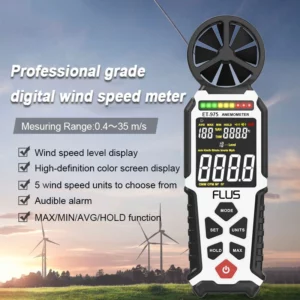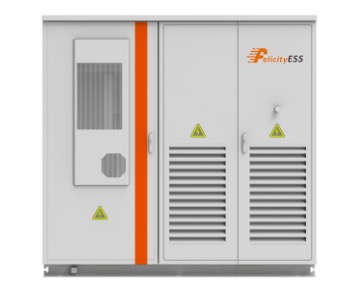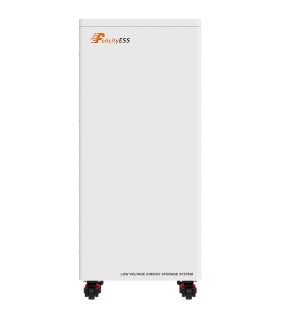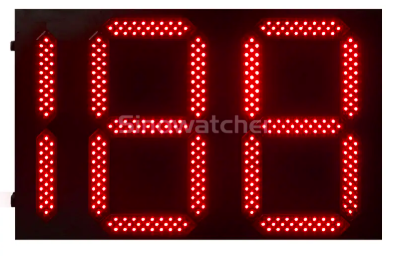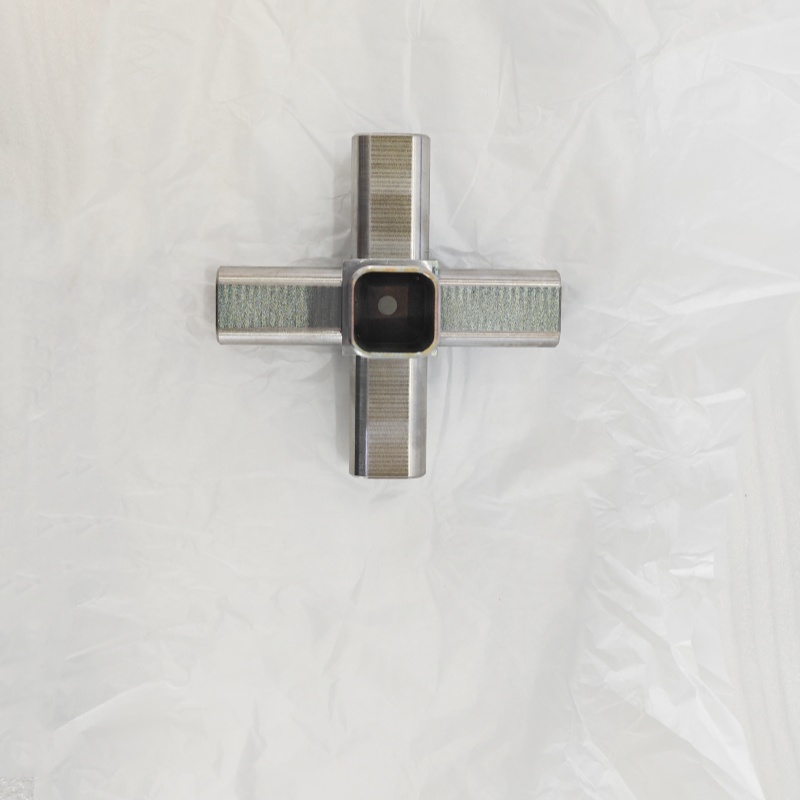Anemometer measures wind speed is a straightforward process, but it requires an understanding of how the device operates. Here’s a step-by-step guide on how to use an anemometer to measure wind speed:
Step 1: Choose the Right Anemometer
Select the type of anemometer that best suits your needs. For general outdoor use, a cup anemometer is often the best choice due to its durability and ease of use. If you need to measure wind speed in a confined space, consider a vane or hot-wire anemometer.
Step 2: Set Up the Anemometer
Position the anemometer in an open area away from obstructions like buildings, trees, or other structures that could interfere with wind flow. The height at which you place the anemometer can also affect the readings, so aim for a height of at least 10 meters above ground level for the most accurate results.
Step 3: Take Readings
Once the anemometer is set up, turn it on and allow it to stabilize. Most modern anemometers will display the wind speed in real-time. For cup and vane anemometers, you may need to wait a few moments for the device to register an accurate reading.
Step 4: Record the Data
Take note of the wind speed displayed on the anemometer. Depending on the model, the readings may be in miles per hour (mph), kilometers per hour (km/h), or meters per second (m/s). Make sure to record the data accurately for future reference.
Step 5: Analyze the Results
Once you have collected your data, you can analyze it to understand wind patterns and speeds. This information can be particularly useful for planning outdoor activities, assessing weather conditions, or conducting research.
Importance of Knowing How an Anemometer Measures Wind Speed
Understanding how an anemometer measures wind speed is vital for several reasons:
- Safety: For activities like sailing or flying, knowing wind speed can help ensure safety. High winds can pose significant risks, and having accurate measurements can help in making informed decisions.
- Weather Forecasting: Meteorologists rely on anemometers to gather data for weather predictions. Accurate wind speed measurements are essential for understanding weather patterns and forecasting storms.
- Environmental Monitoring: Anemometers are used in environmental studies to monitor wind patterns and their effects on ecosystems. This data can be crucial for understanding climate change and its impact on various habitats.
- Engineering Applications: In construction and engineering, knowing wind speed is essential for designing structures that can withstand wind forces. Anemometers provide the necessary data to ensure safety and compliance with building codes.
- Sports and Recreation: For outdoor sports enthusiasts, such as kite surfers or paragliders, knowing wind speed can significantly enhance the experience. An anemometer measures wind speed, allowing athletes to choose the best conditions for their activities.
In conclusion, an anemometer is an invaluable tool for measuring wind speed. By anemometer measures wind speed, you can gain insights into weather patterns, ensure safety in outdoor activities, and contribute to various fields such as meteorology and engineering. Whether you are a professional or a hobbyist, knowing how an anemometer measures wind speed can enhance your understanding of the environment and improve your decision-making skills. So, the next time you need to measure wind speed, remember the importance of this essential instrument!
0